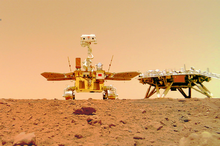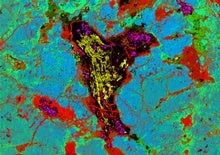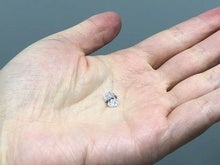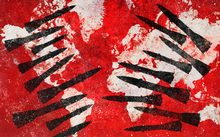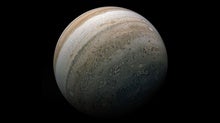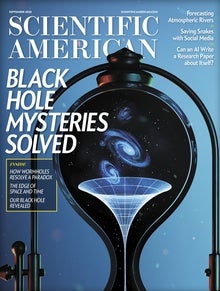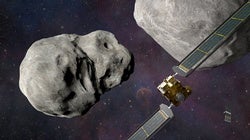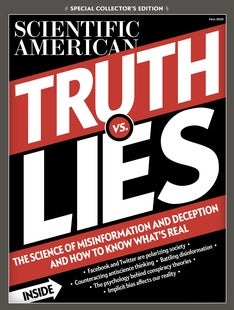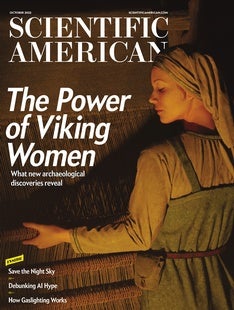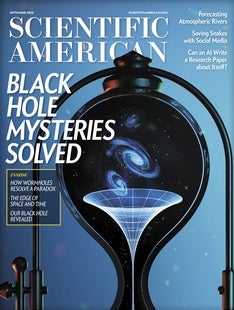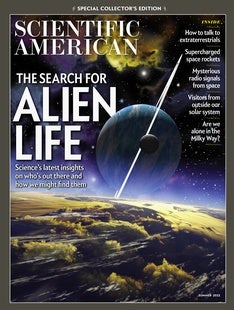 |
| September 29, 2022 |
Dear Reader,
This week, we're celebrating NASA's DART mission, which appears to have been, ahem, a smashing success. On Monday, the golf-cart-sized spacecraft slammed into the asteroid Dimorphos in a first-of-its-kind test of humanity's ability to shift the orbits of potentially hazardous space rocks to protect life on Earth. Whether or not the impact led to a significant shift in Dimorphos's motion will only become clear in coming weeks, but already the event has generated impressive results for a variety of telescopes that worked in unison to capture the celestial fireworks. Elsewhere this week, we have stories on space diamonds, the latest findings from China's Mars rover, Jupiter's closest approach to Earth in almost a half-century, and more. Enjoy! |
| |
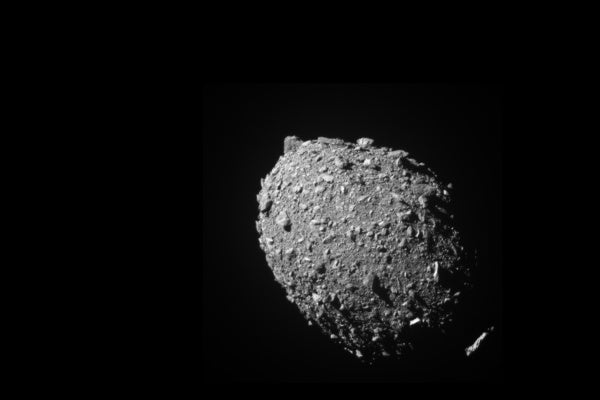 |
| |
| |
| |
| |
| |
| |
| |
FROM THE STORE
 | | | |
| |
FROM THE ARCHIVE
 | | | |
LATEST ISSUES
 |
| |
| Questions? Comments?  | |
| Download the Scientific American App |
| |
| |




